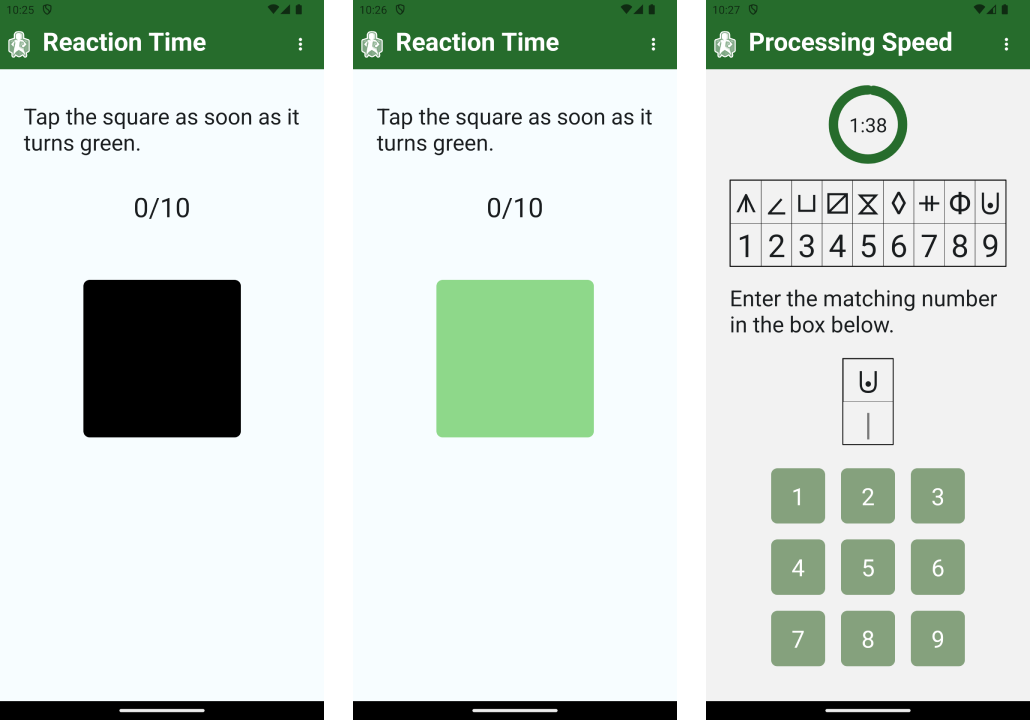
A research group within Georgia State University (GSU)’s Department of Physical Therapy is committed to advancing research on fall risk among individuals with Multiple Sclerosis (MS). This group devised a specific protocol measure individual fall risk factors based on a series of physical measurements and patient-reported factors. In a key innovation, the team at GSU encapsulated this protocol into an Android mobile app that collected physical measurements using the device’s accelerometer and timers, along with a battery of risk assessment questions.
Based on feedback from people with MS, the GSU team asked GenUI to review and redevelop the Android app they had created in-house to improve usability for people with MS, improve reliability and performance, and add risk factors that the previous version lacked. We began our collaboration with Dr. Katherine Hsieh, leading the protocol study, to understand her vision for both the app and the study in detail. We then audited the existing source code and user interface to be sure we had a clear understanding of the current approach, including both its benefits and limitations.
MSafe is a mobile app for fall risk assessment created with one primary objective in mind: to leverage mobile technology to measure fall risk factors specific for older adults with MS. The app includes various assessment modules aimed at capturing physical, cognitive, and environmental data directly from MS patients:

The images above show the Questionnaire section. These questions provide insights into their home environment, giving researchers a complete picture of the various elements that could affect their safety and stability.

The images above show the user interface for physical assessments. This data is captured using the phone’s accelerometer.

Here, the cognitive evaluation tests capture the patient’s performance on tasks that measure reaction times and cognitive processing speeds, providing insights into how cognitive function relates to fall risk.

Dr. Katherine Hsieh, Assistant Professor in Physical Therapy at GSU, highlights the importance of this solution in transforming the way fall risk data is collected and utilized:
“Falls are very common in people with MS, and MS symptoms fluctuate over time. Leveraging a mobile health app to measure risk factors can help implement fall prevention strategies early on to prevent future falls.”
Building on the success of this project, we are excited to support Katherine and her team at GSU in further refining the app’s capabilities to accommodate more comprehensive data collection.
Can we help you apply these ideas on your project? Send us a message! You'll get to talk with our awesome delivery team on your very first call.